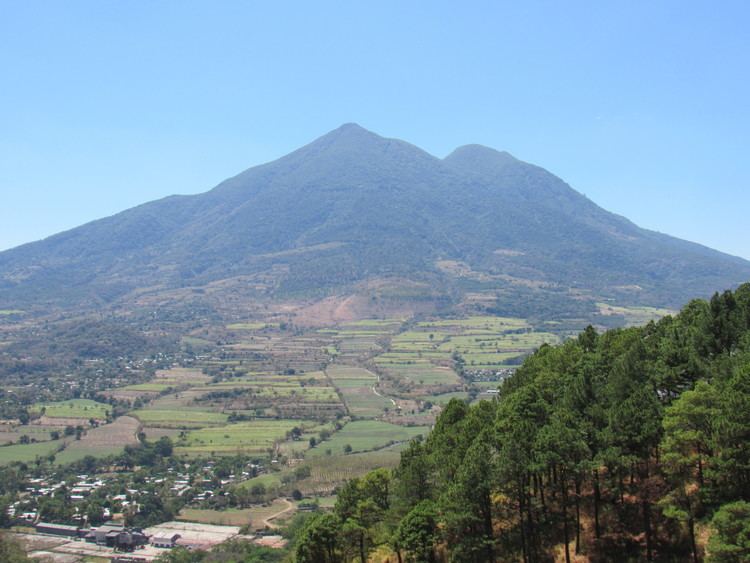Passengers 58 Aircraft type Boeing 737-2H6 Date 9 August 1995 Operator Aviateca Passenger count 58 | Crew 7 Registration N125GU Injuries (nonfatal) 0 Total fatalities 65 (all) | |
 | ||
Similar Azerbaijan Airlines Flight 56, 1995 Borodianka mid‑air co, Intercontinental de Aviación, Cameroon Airlines Flight 3701, Nigeria Airways Flight 357 | ||
Aviateca Flight 901 was a Boeing 737-200 (registration N125GU) that crashed into the San Vicente volcano in El Salvador on approach to the airport on 9 August 1995. The accident killed all 65 passengers and crew on board.
Contents
Accident
Aviateca Flight 901 took off on a nighttime flight from La Aurora International Airport in Guatemala City, Guatemala, to El Salvador International Airport in San Salvador, El Salvador. There were 58 passengers and 7 crew on board.
After a 20-minute flight the crew of Flight 901 got in contact with air traffic control at El Salvador International Airport. The controller told Flight 901 there was a thunderstorm with heavy rain over the airport and said to fly over the storm and start their approach downwind and land on runway 07. But the pilots and air traffic control were confused as to the position of the aircraft as they started their approach and the aircraft went into the same bad weather that it had flown over. Then, as Flight 901 was at 5,000 feet (1,524 m), the Ground Proximity Warning System had sounded and power was applied but it was done too late. Flight 901 crashed into the side of San Vicente volcano and burst into flames. The accident killed all 65 passengers and crew on board.
Cause
The Dirección General De Transporte Aéreo determined that the probable cause of the accident was the flight crew's lack of situational awareness in relation to the 7,159-foot obstruction, the flight crew's decision to descend below the MSA while deviating from a published transition or approach, and the ambiguity of position information between the flight crew and the air traffic controller which resulted in the controller's issuance of an altitude assignment that did not provide terrain clearance. Contributing to the accident was the failure of the First Officer to direct his concern of reported positions to the Captain in a more direct and assertive manner and the failure of the controller to recognize the aircraft's reported position relative to obstructions and give appropriate instructions and warnings. An ineffective crew resource management program at Aviateca also contributed to the accident.
